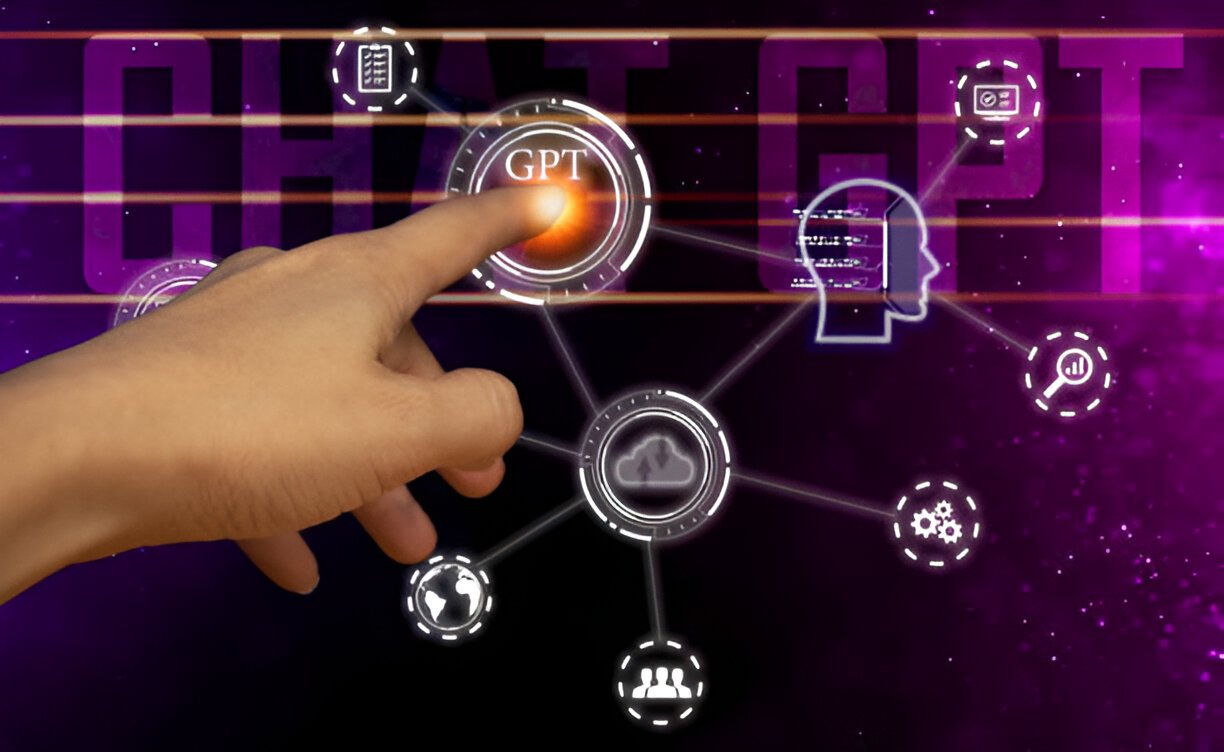Machine intelligence has evolved at an unprecedented pace over the last few decades. Visionaries like John S. Ball have provided deep insights into how artificial intelligence (AI) and machine learning (ML) can shape the future of our society. As we advance into an era dominated by technology, it becomes critical to explore what lies ahead for machine intelligence and the potential challenges and opportunities it brings.
Understanding John S. Ball’s Perspective on Machine Intelligence
John S. Ball, a renowned thought leader in AI, has often emphasized the transformative power of machine intelligence. According to Ball, AI is not just about automation or computational power but a paradigm shift that will redefine industries, relationships, and even human potential. Ball’s work revolves around ethical AI, decentralized intelligence systems, and creating frameworks that ensure AI serves humanity without compromising moral values.
Ball’s focus extends beyond technological advancements. He strongly advocates for integrating AI with emotional intelligence, fostering systems that can empathize with human needs. This integration, Ball argues, is the cornerstone of a harmonious future where humans and machines coexist symbiotically.
Bridging Emotional Intelligence and Machine Learning
One of Ball’s most compelling ideas revolves around emotional intelligence in machines. He envisions a future where machines not only execute tasks but also understand human emotions. Such systems could revolutionize healthcare, education, and interpersonal communication. For instance, imagine AI-powered therapists that can genuinely empathize and provide tailored mental health support.
This vision aligns closely with recent developments in AI-driven healthcare. Programs that integrate emotional intelligence are already showing promise in helping patients recover emotionally and physically. In this context, Ball’s concepts find a real-world application in innovative projects like 17 Months and a Secret A Journey of Love and Healing, which highlights how technology, intertwined with empathy, can aid in emotional resilience and recovery.
Challenges in Implementing Ethical AI Systems
Despite its potential, the road to advanced machine intelligence is fraught with challenges. Ball often points out the ethical dilemmas surrounding AI. Who decides what is ethical for machines? How do we prevent biases from seeping into algorithms? These are questions that demand immediate attention as we move towards creating autonomous systems.
For instance, deploying AI in sensitive fields like criminal justice or hiring can lead to unintended discrimination if not properly managed. Ball emphasizes the importance of diverse datasets and transparent algorithmic processes to mitigate these risks. He advocates for regulatory frameworks that ensure accountability while promoting innovation.
The Role of Human Collaboration in Machine Intelligence
Ball’s vision for the future of machine intelligence is incomplete without human collaboration. He believes that machines can only achieve their full potential when complemented by human ingenuity. This collaborative approach is particularly crucial in creative industries, where AI can act as a tool to enhance human creativity rather than replace it.
For example, in fields like art, writing, and music, AI systems can provide suggestions and augment the creative process. However, the final creative vision must always remain with the human creator. Ball’s philosophy is clear: machines are tools, not replacements. This balanced perspective ensures that technological advancements do not strip away the human essence of creativity and innovation.
Practical Applications
John S. Ball’s theories are already influencing cutting-edge technologies. From healthcare to education, his concepts are inspiring real-world applications that prioritize ethical and empathetic AI. A notable example is the use of AI in mental health support, particularly for individuals undergoing significant life changes or emotional challenges.
Projects like A Journey of Love and Healing exemplify this. By integrating machine learning with therapeutic practices, such initiatives create systems that support emotional healing. This approach not only advances AI’s capabilities but also demonstrates its potential to address deeply human needs.
The Path to Decentralized Intelligence
A significant portion of Ball’s work also explores decentralized intelligence systems. Unlike traditional AI models that rely on centralized data processing, decentralized systems distribute intelligence across networks. This structure enhances security, reduces dependency on large corporations, and empowers individual users.
Decentralized AI can transform industries by fostering collaborative environments where data privacy is prioritized. For instance, in healthcare, decentralized systems could allow patients to securely share medical data with AI tools while maintaining full control over their information. Ball envisions this approach as a critical step towards democratizing AI and ensuring it benefits everyone, not just a select few.
The Future of AI in Society
As machine intelligence continues to evolve, society stands at a crossroads. On one hand, AI offers opportunities for unparalleled growth and efficiency. On the other, it raises concerns about job displacement, privacy, and ethical considerations. Ball’s insights provide a roadmap for navigating these complexities.
Education systems must adapt to prepare future generations for an AI-driven world. Policies must balance innovation with ethical safeguards. Most importantly, humanity must remain at the core of AI’s evolution. As Ball aptly puts it, “The future of AI is not about machines surpassing humans but about machines empowering humanity.”
Conclusion
John S. Ball’s vision of the future of machine intelligence is both inspiring and cautionary. By emphasizing emotional intelligence, ethical frameworks, and human collaboration, Ball provides a holistic approach to AI development. As we stand on the brink of a new technological era, his ideas remind us of the importance of integrating empathy and ethics into the fabric of machine intelligence.
Initiatives like 17 Months and a Secret showcase how technology can bridge the gap between emotional needs and innovative solutions. By following Ball’s principles, we can build a future where AI not only enhances productivity but also enriches the human experience.



